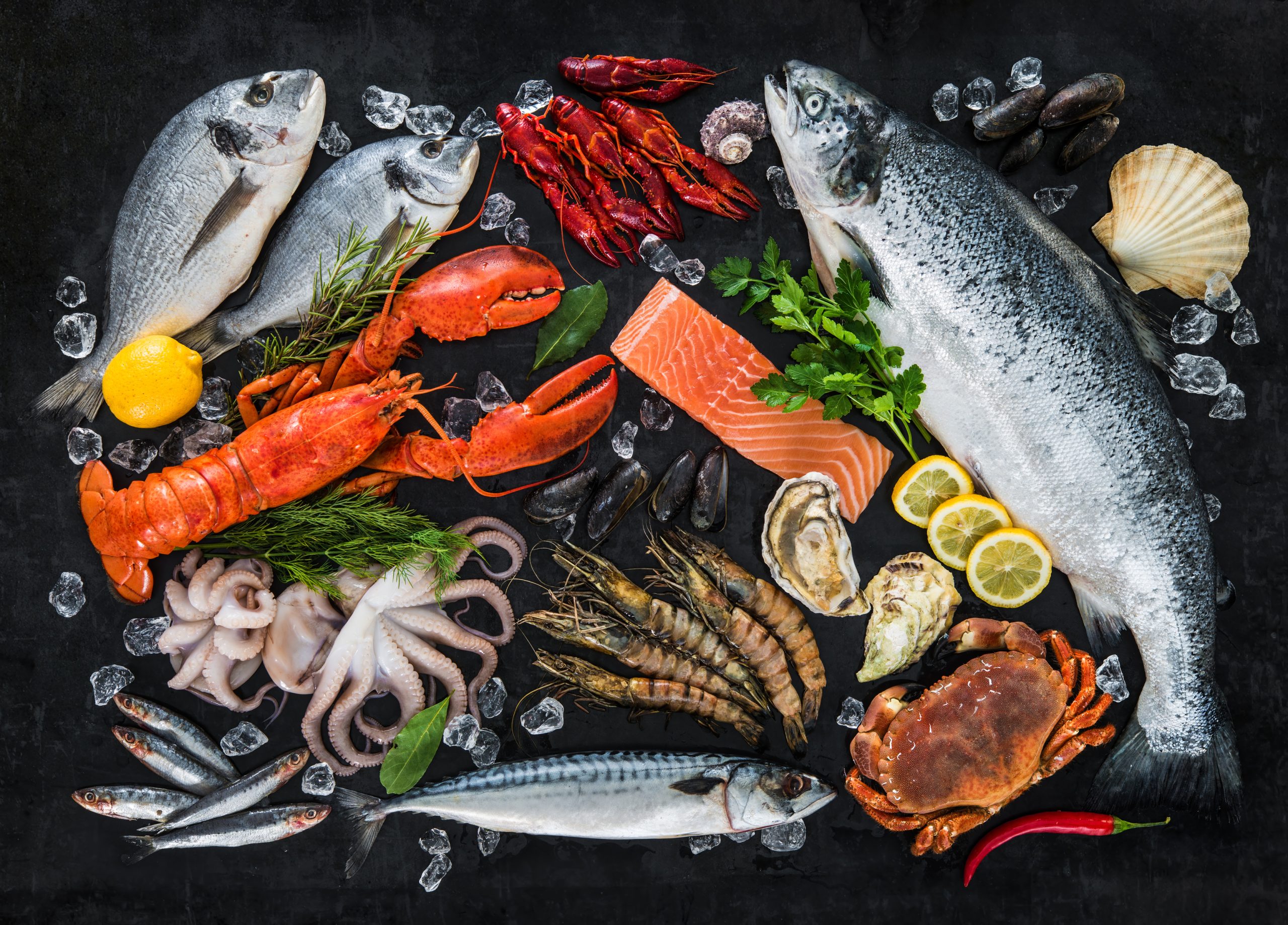
Coastal cuisine embodies more than just a regional diet; it represents a culinary tradition sculpted by the proximity and bounty of the sea. This cuisine features vibrant flavors that come from direct access to fresh seafood, the distinct tang of sea salt, and the nutrient-rich profiles of various seaweeds. From the chilly waters of the North Atlantic to the warm currents of the Pacific, each coastal region around the globe brings its unique flavor to the table, influenced heavily by its relationship with the ocean.
The Bounty of the Sea: Fresh Seafood
One of the most direct influences the ocean has on local cuisine is the availability of fresh seafood. Coastal communities have historically been built around fishing as a major food source and economic activity. This proximity to the ocean allows chefs and home cooks alike to incorporate fish and shellfish that are fresher and thus more flavorful and nutritious than those available inland. Dishes like the clam chowder of New England, the bouillabaisse of Provence in France, and sushi from Japan highlight how integral fresh seafood is to coastal culinary identities. Each dish not only provides a taste profile unique to its environment but also tells the story of the culture and its people.
Sea Salt: A Pinch of the Ocean
Sea salt is another gift from the ocean that significantly enhances coastal cuisine. Unlike mined salt, sea salt is harvested through the evaporation of seawater, often in large, shallow ponds along coastlines. This process imparts unique minerals and flavors found only in specific bodies of water. Gourmet salts like fleur de sel from France or Maldon sea salt from England offer subtle taste differences that can define and elevate a dish. The use of local sea salt not only adds depth to the food but also connects a meal to its geographical and cultural origins.
Seaweed: The Underwater Garden
Seaweed plays a versatile role in coastal cuisines, providing a source of intense umami flavors and a host of nutritional benefits. In Asian countries, particularly Japan, seaweed varieties like nori, kombu, and wakame are staples, used in everything from soups to sushi. In Wales, laverbread—a dish made from seaweed—is a traditional delicacy. These underwater plants are rich in iodine, calcium, and other minerals, making them a healthful addition to any diet. Modern chefs around the world are now exploring the potential of seaweed, using it in salads, stews, and even as seasoning agents.
The Ocean’s Influence on Cooking Techniques and Traditions
The influence of the ocean extends beyond ingredients to affect cooking methods and food preservation techniques. In coastal regions, grilling and steaming seafood are preferred methods that preserve the delicate flavors of fresh catch. The humid, salt-rich air can also influence food preservation processes, such as curing fish. Traditional techniques like the Hawaiian luau or New England clam bake utilize local ingredients and the natural environment, including seawater and beach sand, to cook food, highlighting a deep connection between culinary practices and the ocean.
Sustainability and the Future of Coastal Cuisine
As coastal populations grow and global fish stocks vary, sustainability in coastal cuisine becomes increasingly crucial. Overfishing and ocean pollution pose significant threats to the traditional diets of many coastal communities. Emphasizing sustainable fishing practices and responsible seafood consumption can help preserve these culinary traditions for future generations. Many coastal chefs now actively promote sustainable seafood choices, influencing both local and global markets and helping diners make environmentally friendly choices.
The Global Palette: Coastal Cuisine Around the World
Coastal cuisine, while locally distinct, shares common threads worldwide. For instance, ceviche from Peru, cured with locally sourced citrus and seafood, shares its basic culinary principle with carpaccio from Italy. These dishes, though geographically and culturally apart, underscore the universal human reliance on and respect for the sea. Such culinary cross-connections invite a broader understanding and appreciation of how oceans shape human food traditions across cultures.
Bringing Coastal Flavors Inland
For those who live away from the coast but wish to recreate the essence of the sea, modern logistics and culinary innovations make it easier than ever. Many inland restaurants now feature coastal dishes made with sustainably sourced seafood shipped under optimal conditions. Furthermore, ingredients like sea salt and dried seaweed are readily available in supermarkets worldwide, allowing home cooks to experiment with coastal flavors in their kitchens.
Sharpening our culinary practices not only honors these traditions but also ensures they endure. Encouraging sustainable practices, exploring the richness of the ocean’s bounty, and understanding the cultural significance of what we eat, help keep the legacy of coastal cuisine vibrant and vital.
Every meal, particularly those enjoyed close to the sea, is an opportunity to connect with the environment and community in a meaningful way. Whether dining on a local delicacy at a seaside restaurant or preparing a seafood feast at home with globally sourced ingredients, the flavors of the ocean offer a profound reminder of nature’s generosity and the importance of preserving it.

Leave Comments